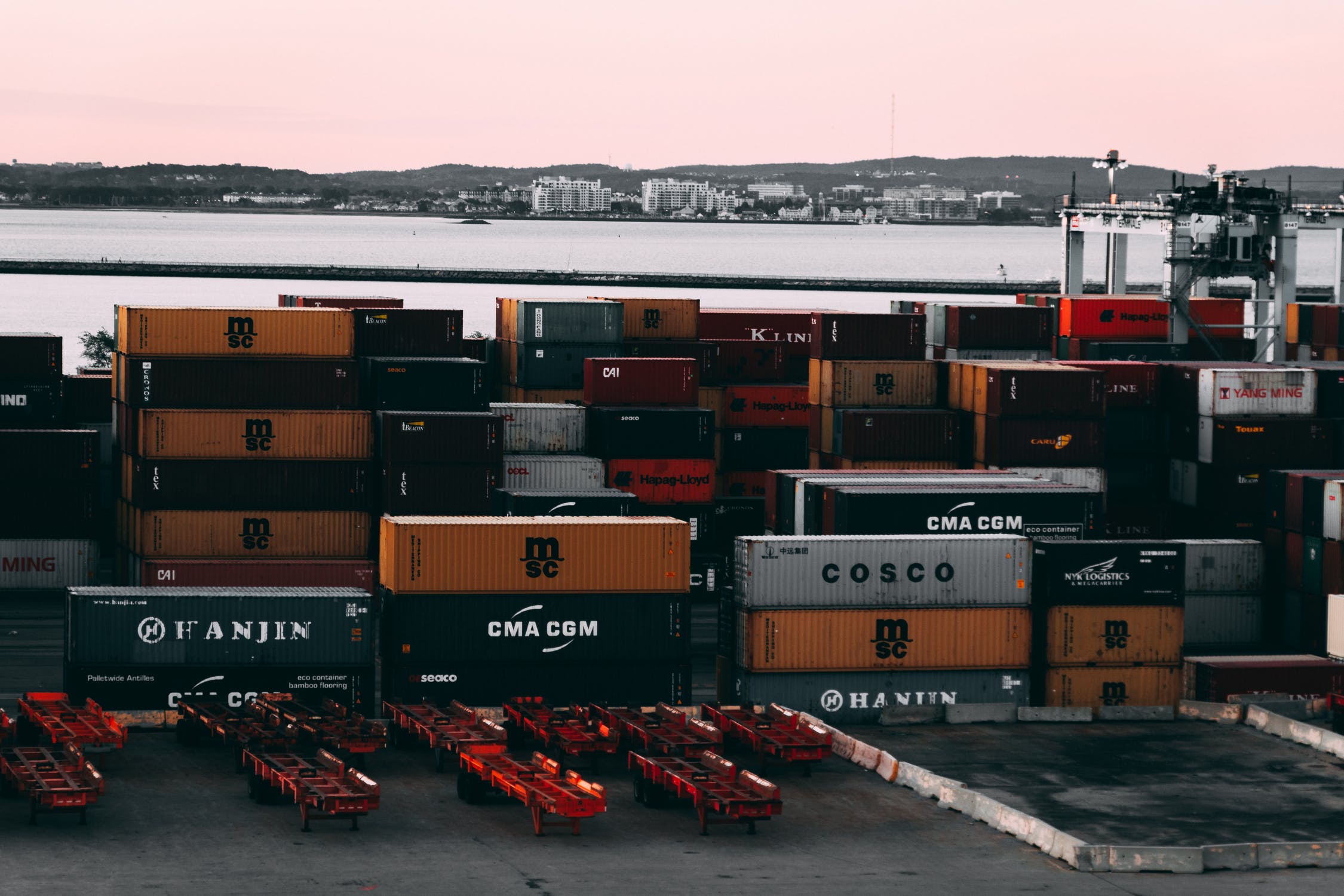
TABLA DE CONTENIDOS
When importing or exporting in Chile, the merchandise must go through the National Customs Service, the body in charge of regulating the merchandise that enters and leaves the country, retaining it until its release at the port or airport. Sometimes, randomly, there is the possibility that a Customs Agent performs a customs clearance, with the aim of regulating the traffic of goods that enter or leave the customs territory and also informs the exporter or importer about the processes that must be followed. your cargo in order to enter or leave the country.
What is a customs clearance?
The appraisal is a random operation carried out by customs, which consists of physically examining the merchandise and reviewing its documentation, to verify that everything is correctly declared, the tariff classification of the merchandise, its valuation, determination of its origin and others. necessary data, such as weight and value, for purposes of taxation and customs control.
This operation is carried out by customs officers specially empowered for this purpose by the Customs Ordinance and its regulations, and they are in charge of verifying that the cargo has legal origin and can enter the country. Some of the products that are prohibited for importation are asbestos, psychotropic substances, toxic industrial waste, fireworks, substances that deplete the ozone layer, among others.
There are also products that require authorization from other agencies, such as pharmaceutical or cosmetic products that must be approved by the Public Health Institute (ISP), fishery products by the Undersecretary of Fisheries, or fertilizers and pesticides by the Agricultural and Livestock Service ( SAG).
All these products are controlled to help promote fair and legal trade between the different foreign trade operators.
Types of customs clearance
There are currently two types of gauging in Chile, although this process is quite similar in other Latin American countries. Both are done at random and are done when the merchandise is at the port or airport to review and verify that everything is correctly declared.
The first affects advance procedures, and is notified through the customs website, being available when the ship has already arrived at the port. This physical capacity is carried out through studies of risk profiles determined by the National Customs Directorate, inserted in a computer system.
The second is what is known as "local risk", which consists of the systematic application of administrative practices and procedures that allow customs to have the necessary information to manage movements or shipments that present a risk. Here we also find the review of dangerous goods, which has special handling and documentation. They must make sure that everything is well labeled and that it will not be a danger when arriving at its destination.
Implications of customs clearance due to the pandemic
The health situation has generated changes in society, including in customs. When the merchandise arrives at the port of destination and the container is unoccupied, the term to be returned to the shipping company is 5 to 7 days. After that period, a charge that goes from 100 dollars to 150 dollars a day begins to apply. Currently, due to the Covid-19 outbreak, delays of up to 20 days have been caused due to the increase in physical gauging in the ports of San Antonio and Valparaíso.
In the second type of capacity that was mentioned above, it happens that, at the time the cargo is removed from the port, it is designated for physical inspection. This action has generated quite a few problems for carriers, since it is carried out when the merchandise is already assigned to a truck and it is ready to be loaded.
When this happens, there are new charges to the customer since the carrier, unable to take the merchandise, charges the importer what is known as "false freight", since the vehicle must be reassigned or wait for the shipment to be carried out. physical capacity to access the withdrawal from the port.
Another effect that the pandemic has on customs clearances is that of security. When a container is designated for this action, it can wait up to 20 days to be searched, and you risk being exposed to contraband or drug issues, since during that time the container can be “laundered”.
Due to the health situation, as indicated in the Customs Pulse, the extra-port workers explain that these delays were generated in their work areas and in the Customs Service, since during the confinement they did not have enough personnel, due to teleworking and the Covid- 19, then as there was an increase in physical capacity but a decrease in personnel, there were long delays.
We present you the new way of living international cargo transport
KLog.co is the leading technology company for international cargo transportation in Latin America, which through its digital solution has managed to provide complete visibility and control of the import and export process for companies of all sizes.
Through KLog's intuitive digital platform, all the steps to bring or send a container are merged. Users gain full manageability and visibility of cargo transportation. They can book integrated logistics services online, track real-time, and measure shipment performance to optimize future shipments.
KLog.co today has more than 4,000 clients with operations throughout the Latin American region and hundreds of agents around the world. Their offices are located in Chile, Peru, Bolivia and Mexico and they are in the process of opening offices in Colombia and Panama.
Learn more at KLog.co
Sources: